
Understanding FCC ID Certification and FCC SDoC Certification
FCC Certification is the entry pass for electronic and electrical products into the U.S. market and is mandatory. Following the release of the latest regulation FCC 10-208, FCC certification is categorized into two main types: FCC-SDoC Certification and FCC-ID Certification.
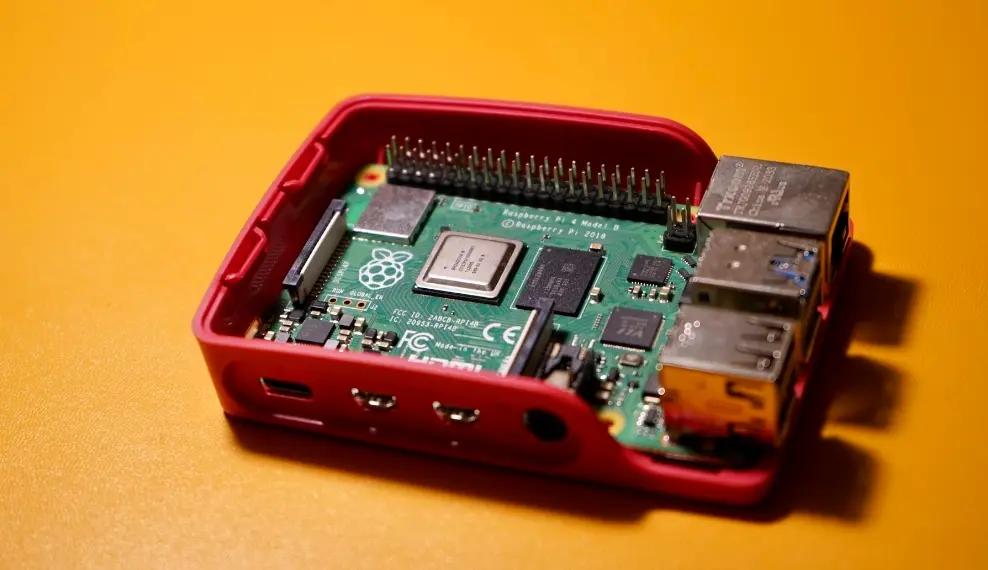
Types of FCC Certification
FCC Certification is divided into two primary modes:
1. fcc sdoc (Supplier's Declaration of Conformity):
- Applicable to general electronic products without wireless functionality, such as electronic scales, humidifiers, robotic vacuum cleaners, electric fans, etc.
2. fcc id (FCC Certification):
- Applicable to products with wireless transmission functions, such as Bluetooth devices, WiFi devices, wireless alarm systems, radio receivers and transmitters, mobile phones, computers, etc.
Note: Some e-commerce platforms may require both the FCC ID certificate and FCC SDoC report for wireless products.
FCC Certification Standards
FCC certification primarily focuses on two areas:
1. Electromagnetic Compatibility (EMC):
Ensures that devices do not interfere with other equipment during normal operation.
2. Radio Frequency Radiation (RF):
Ensures that the radiation level of devices is within permissible limits to protect human health.
FCC Certification Process
Part 1: Product Classification and Standards Confirmation
1. Determine the product category under FCC regulation (e.g., unintentional radiators, intentional radiators).
2. Identify the applicable technical standards and requirements (e.g., fcc part 15 or Part 18).
Part 2: Preparation of Application Materials
1. Application Form: Include accurate information about the applicant's company name, address, contact details, product name, model, and applicable standards.
2. Technical Documents:
- Block Diagram: Include all oscillators and their frequencies, aligned with the circuit diagram.
- Circuit Diagram: Must match the block diagram in terms of oscillator frequency, number, and placement.
- Circuit Description: A detailed explanation in English of the product’s functionality.
- User Manual: Include FCC warning statements.
Part 3: Prepare Test Samples and Select Testing Laboratory
1. Choose an FCC-recognized testing laboratory (e.g., TCB) to conduct the certification process.
2. Submit at least one fully operational sample to the lab for testing. The lab will perform EMC, RF, and safety tests to ensure compliance with FCC standards.
Part 4: Review and Certification Issuance
1. After testing, the lab compiles a test report and submits it for review.
2. Once approved, FCC issues the certificate or ID number. For FCC ID certification, the product details are registered on the FCC website.
Differences Between FCC ID and FCC SDoC Certification
FCC SDoC Process:
- The responsible party (applicant or manufacturer) tests the product through an FCC-designated laboratory.
- If compliant, the responsible party attaches an appropriate label to the product, declares compliance in the user manual, and retains test reports for FCC inspection.
Note: Some e-commerce platforms may require both FCC ID and FCC SDoC reports for wireless products.
FCC ID Process:
1. If applying for the first time, a permanent Grantee Code (GC) is needed.
2. Prepare and submit all required documents (including test reports).
3. Complete forms FCC Form 731 and Form 159 online.
4. FCC or an authorized TCB reviews the application. If approved, the FCC issues a certificate. If not, the applicant must make corrections and reapply.
Validity and Changes to FCC Certification
Part 1: Certificate Validity
- FCC certification is generally valid indefinitely. However, changes to the product (e.g., circuit design, component replacement, software updates) may require re-certification.
Part 2: Certificate Changes
- If product or company information changes (e.g., model, color, address), the FCC must be notified. Significant product changes may result in a new FCC ID number.
Labeling FCC Mark After Certification
Part 1: FCC SDoC Product Labeling
1. fcc logo: Optional for SDoC products under FCC Rule 2.1074.
2. Declaration Document:
- Must be provided by the responsible party, who must be a U.S.-based company.
- The responsible party must maintain records for FCC inspection and include the declaration document with the product.
3. Declaration Document Requirements:
- Product information (e.g., name, model).
- FCC compliance statement.
- U.S. responsible party’s contact information.
Part 2: FCC ID Product Labeling
1. FCC ID Marking:
- Products must display the FCC ID number (e.g., FCC ID: XXXXXXXX) visibly and legibly, either on the product or electronically.
2. User Manual Warning:
- Example: “Changes or modifications not expressly approved by the party responsible for compliance could void the user's authority to operate the equipment.”
Record Keeping:
Applicants must retain all certification-related documents, including test reports, technical data, and application forms, for potential FCC review.
Email:hello@jjrlab.com
Write your message here and send it to us
 High Chair for Children ASTM F404-21 CPC Certifica
High Chair for Children ASTM F404-21 CPC Certifica
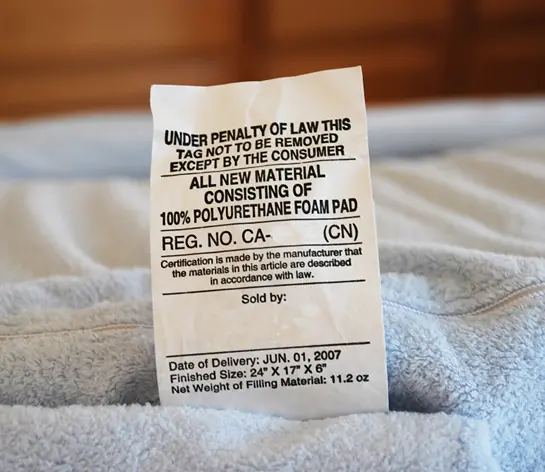 U.S. Law Label (URN Number) Registration Q\&A
U.S. Law Label (URN Number) Registration Q\&A
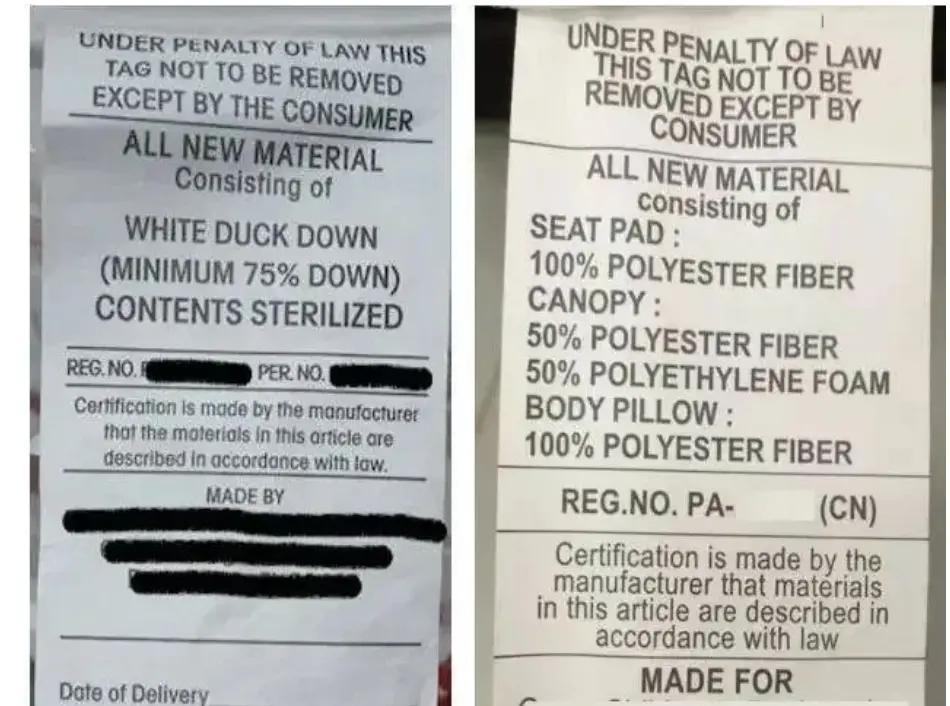 U.S. Furniture Export URN Law Label Registration
U.S. Furniture Export URN Law Label Registration
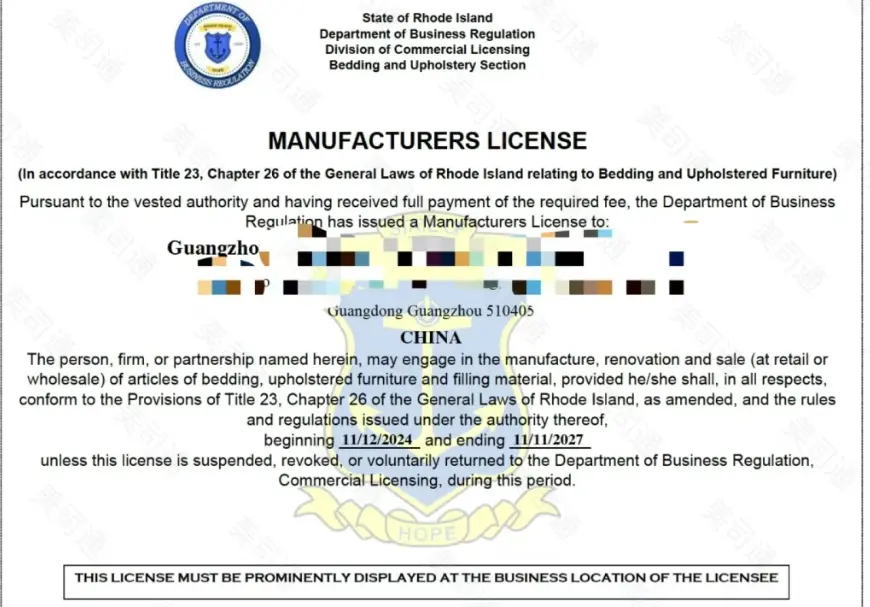 What is U.S. Law Label Registration?
What is U.S. Law Label Registration?
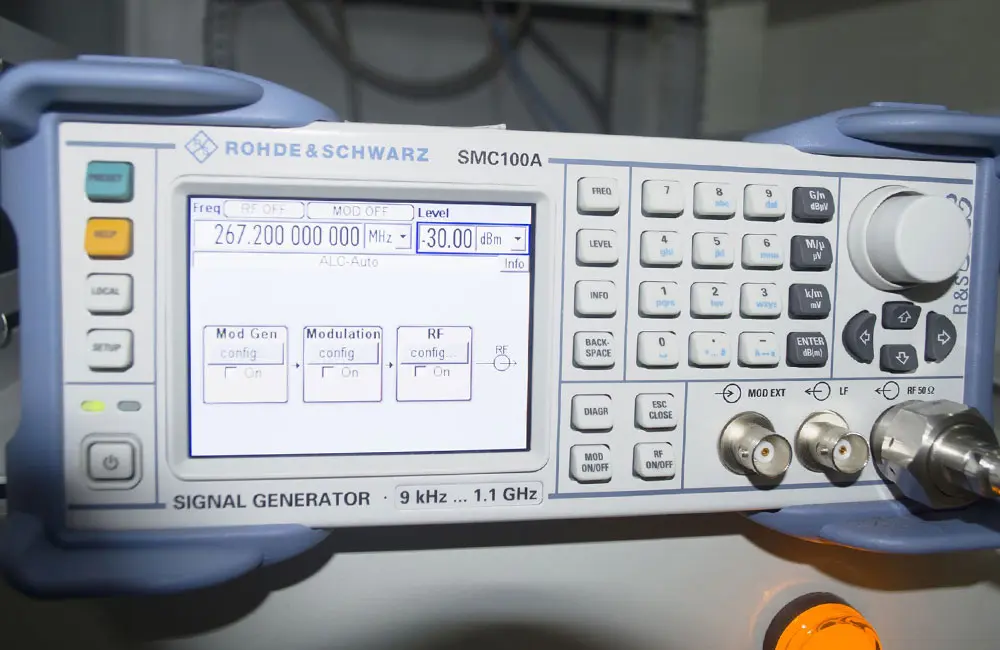 Rail Transit EN55015/EN50121-4
Rail Transit EN55015/EN50121-4
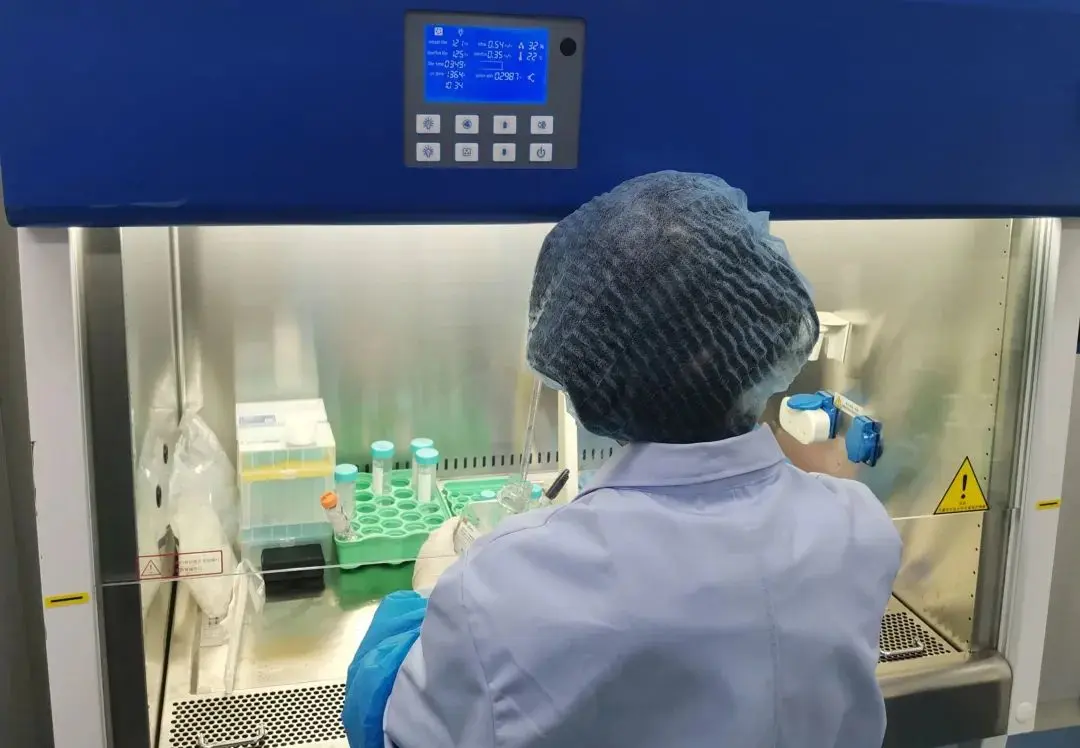 IEC 60601-1-2 EMC Test for Medical Electrical Equ
IEC 60601-1-2 EMC Test for Medical Electrical Equ
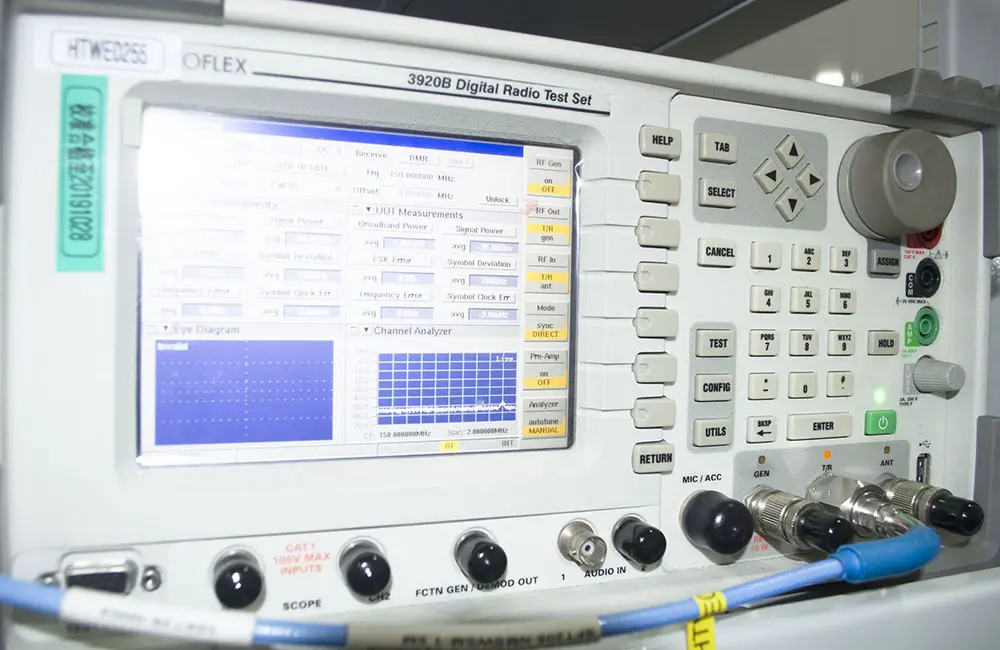 What Are the Safety Tests for Lithium Batteries?
What Are the Safety Tests for Lithium Batteries?
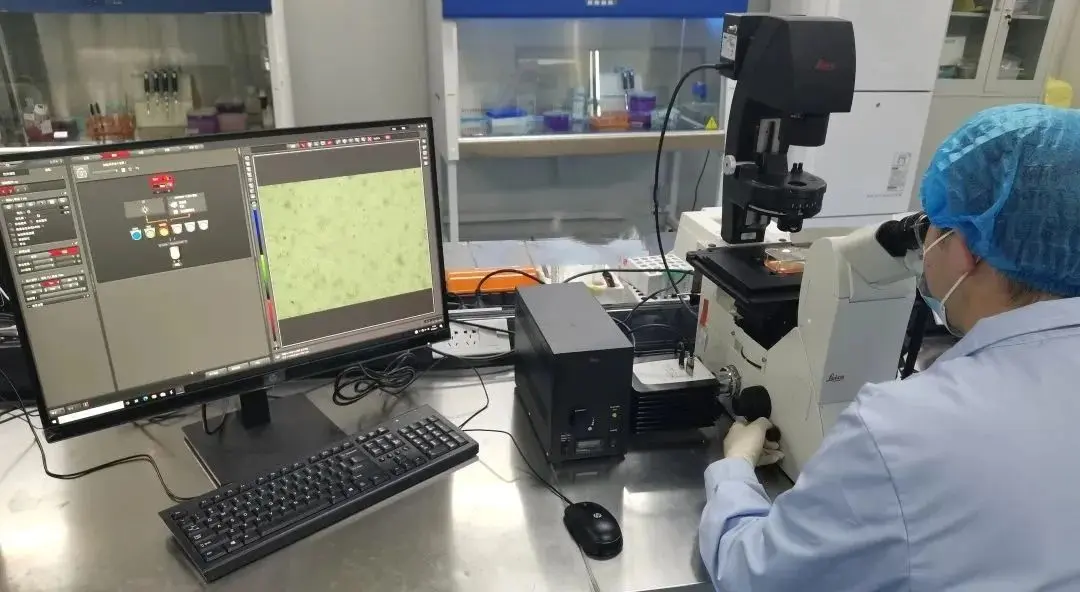 What is the YY 9706.111-2021 Standard?
What is the YY 9706.111-2021 Standard?
Leave us a message
24-hour online customer service at any time to respond, so that you worry!




